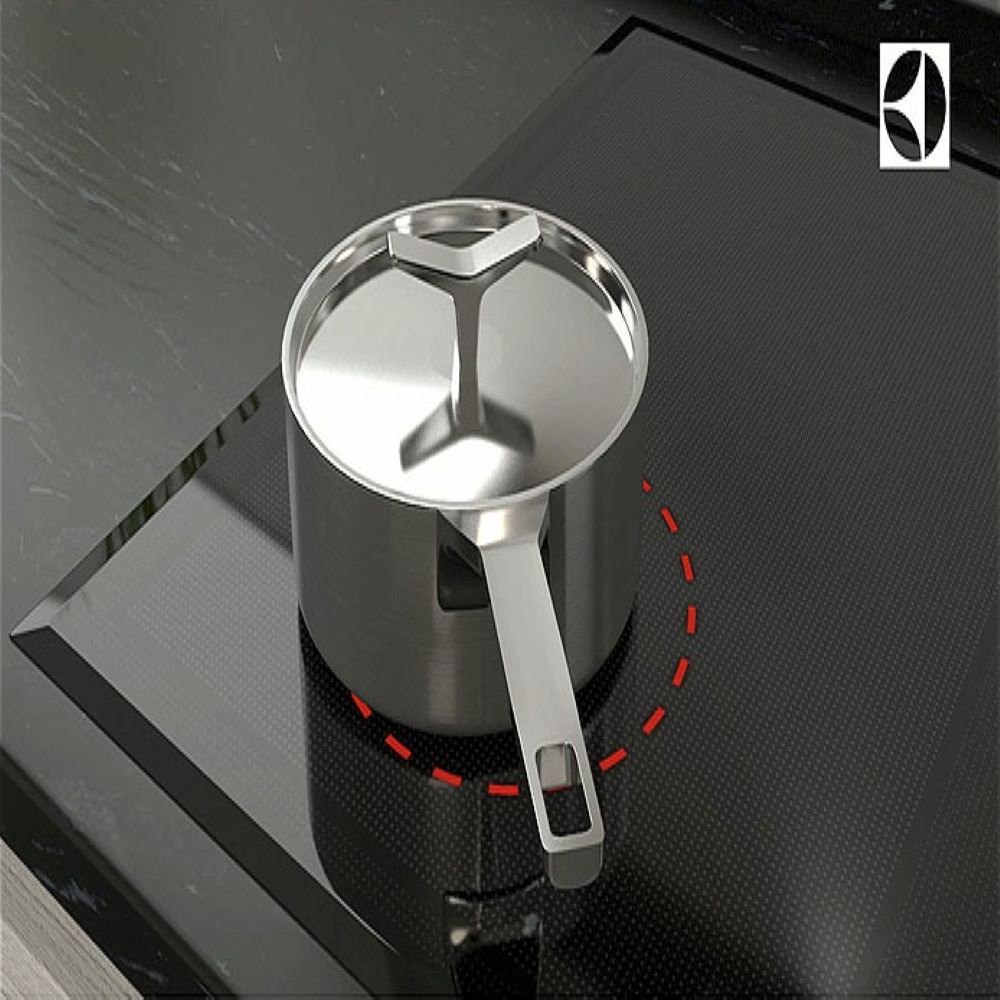9 things you need to know about induction cooking
Taste | 5 minute read |
Induction cooking, popular in Europe, is rapidly gaining ground in Asia. Using electromagnetic technology, induction cookers heat cookware directly for precise temperature control and safer, flameless cooking. This efficient method generates less ambient heat, keeping kitchens cooler—an advantage in hot climates like Thailand. With its energy savings and ease of use, induction cooking is ideal for modern.
To understand its rising popularity, let’s explore how induction cookers work, their benefits, energy use, and practical tips
What is an induction cooker and how does it work?
An induction cooker is a modern cooking appliance that uses electromagnetic fields to generate heat directly in the cookware. Unlike traditional gas or electric stoves that heat indirectly, the induction cooker creates heat by inducing electric currents in the pot or pan itself. This method makes cooking faster and more energy efficient.
The working principle of induction hob involves a coil of copper wire beneath the cooking surface that produces a magnetic field when an electric current passes through it. When a compatible pot is placed on the cooker, the magnetic field induces small electric currents (eddy currents) inside the pot material. These currents resist the flow of electricity and convert electrical energy into heat, directly warming the vessel.
Benefits of an induction cooker
Using an induction cooker provides many advantages over other cooking methods. Firstly, because heat is generated directly in the pot or pan, cooking is faster and more precise. Temperature control is more responsive, allowing for delicate simmering or rapid boiling.
Secondly, induction cookers are more energy efficient. Since energy is not wasted heating the stove surface or the air around cookware, less electricity is consumed overall. This also means the cooking surface stays cooler, reducing the risk of burns and making cleaning easier.
Finally, induction cookers create a safer cooking environment with automatic shut-off features and sensors to detect cookware presence.
Read more about benefits of induction cooking
Is induction stove energy-saving?
Many people wonder if using an induction cooker lead to high electricity bills. Induction cookers are generally more energy-efficient than traditional electric or gas stoves. Due to their direct heating method, they use less power to achieve the same cooking results.
While induction cookers do consume electricity, their rapid heating means shorter cooking times, which reduces overall energy use. So, in most cases, using an induction cooker will not significantly increase your electricity consumption and may even lower it compared to other cooking methods.
How to use an induction cooker effectively
Using induction cooker is straightforward but requires compatible cookware and proper techniques for best results:
- Always use pots and pans with flat bottoms made of ferromagnetic materials like cast iron or stainless steel to ensure the magnetic field works efficiently.
- Place the cookware fully on the cooking zone for optimal heat transfer.
- Use the or power settings on the control panel to adjust cooking intensity precisely.
- Avoid using oversized or undersized pans on a cooking zone, as this may lead to inefficient heating or error.
- Clean the cooktop regularly but only when cool, using a soft cloth to avoid scratches.
What pots can be used with induction cooker?

Not all cookware works on induction cookers. To function properly, pots and pans must be made from magnetic materials such as cast iron or some stainless steel.
You can test if your cookware is induction-compatible by placing a magnet at the bottom. If it sticks firmly, the pot should work on an induction cooker. Cookware made of aluminum, copper, or glass will not heat up unless they have a special magnetic base layer designed for induction.
Learn more: Induction hob, gas hob or ceramic hob
Can you use an induction cooker for grilling?
Induction cookers are designed primarily for pots and pans that provide direct contact with the cooking surface. While some induction cookers may come with grill plates or accessories compatible with grilling, traditional grilling racks without magnetic bases will not work directly on the induction hob.
If you want to grill using an induction cooker, look for induction-compatible grill pans or accessories specifically made for this purpose.
Is using an induction cooker safe?
Yes, induction cookers are safe to use. They produce heat only when induction-compatible cookware is detected on the surface. This immediate heating control greatly reduces the risk of burns.
The cooktop remains relatively cool compared to gas or electric stoves, lowering burn hazards. Many models also feature safety sensors, automatic shut-off if no pot is detected, and child lock functions.

Tips for maintaining your induction cooker
To keep your induction cooker in optimum condition, follow these simple tips:
- Wipe the cooktop after each use to prevent residue build-up, using a soft cloth and non-abrasive cleaner.
- Avoid sliding heavy pots across the surface to prevent scratches.
- Check power cords and connections regularly to ensure safe operation.
- Follow manufacturer guidelines for any troubleshooting or technical support.
Discover our in-home cleaning services for your hobs!
Precautions when using an induction cooker
While induction stoves are generally safe and convenient, following certain precautions can ensure optimal performance and longevity:
- Use compatible magnetic cookware for proper heating.
- Lift pots; avoid dragging to prevent scratches.
- Clean the surface only when cool, with soft cloth.
- Never heat empty cookware to avoid damage.
- Keep children supervised and use safety locks if available.
Induction cooking offers a safe, efficient, and convenient way to prepare meals, especially suited for modern households in warm climates. By understanding how induction cookers work and following simple precautions, users can maximize benefits like energy savings and precise cooking. As this technology continues to spread across Asia, it presents an excellent option for those seeking a cleaner, cooler, and more cost-effective cooking solution.